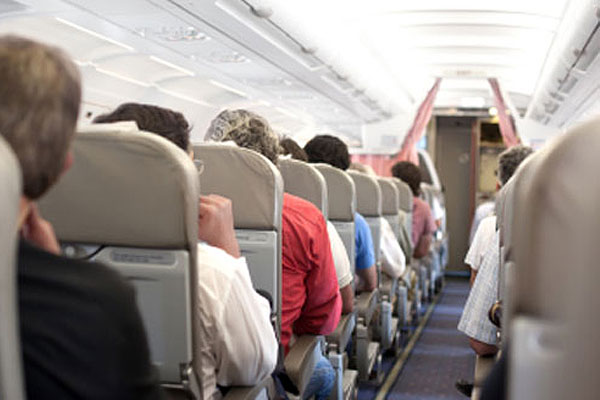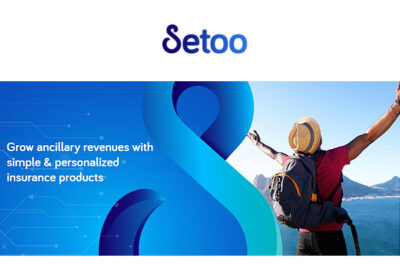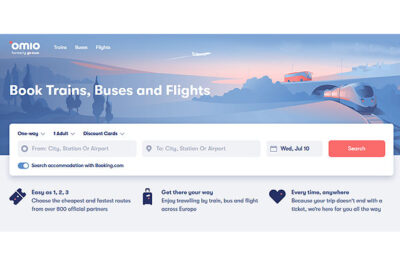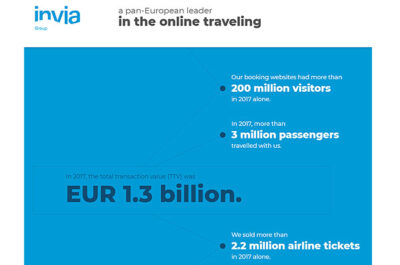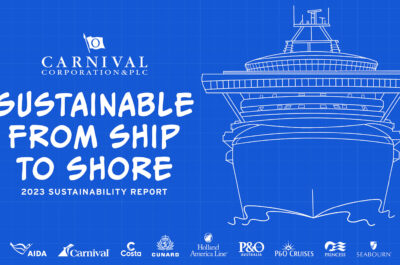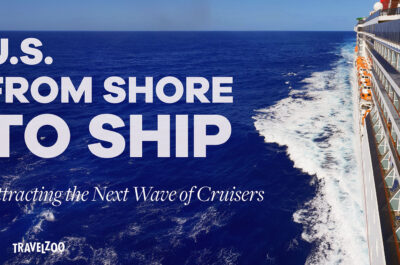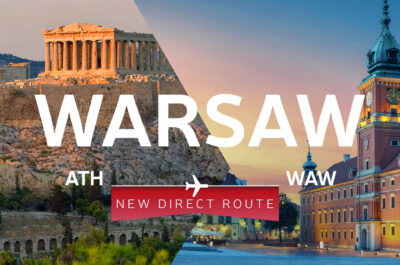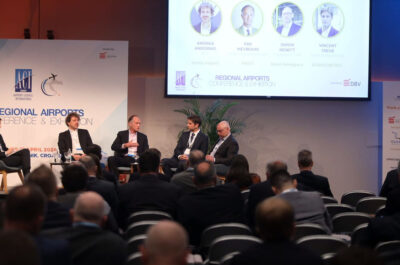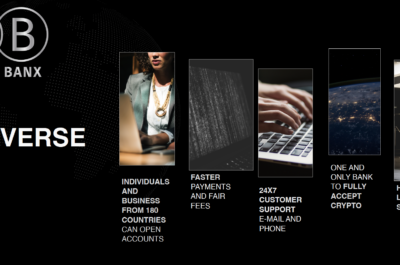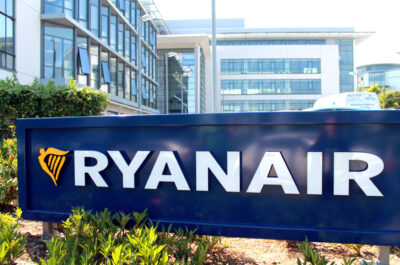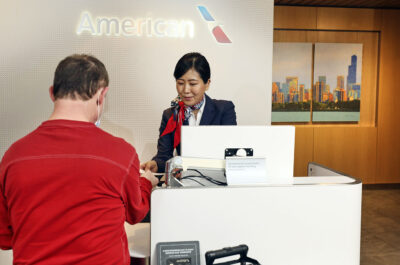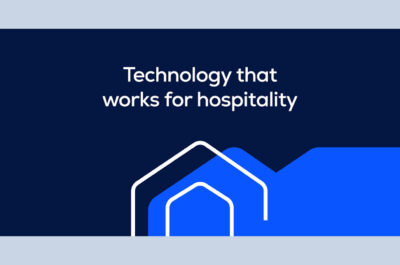Virtual interlining is closing the gap between customer expectations and real experiences. By streamlining once complicated transitions, it’s making journeys simpler and more pleasurable, as well as opening up wider travel possibilities.
Recently listed among the top ways to secure the best airline prices, virtual interlining is no longer limited to just flights. Kiwi.com's announcement about combining air and ground services signals a rapid ascent for the trend that’s sweeping the online travel industry.
As a model that allows travellers to buy one ticket for multi-stage journeys, it’s easy to see why virtual interlining is gaining popularity. The ability to digitally book many carriers and modes of transport at once speaks to growing consumer demand for convenient experiences, and boosts the appeal of those OTAs (online travel agents) offering unified trips.
But while integrated travel may be smoother for consumers, it makes journeys complex for OTAs to manage and increases the chance for mishaps. If OTAs want to meet high service expectations, better protections must be part of the deal.
Insurance has been left on standby
The speedy rise of virtual interlining has left key travel essentials lagging behind, especially insurance. In 2018, airlines transported 4.3 billion passengers globally and by 2036 numbers could reach 7.8 billion. Add rental cars, buses and taxis, and there are plenty of chances for errors that could negatively impact experiences; from missed connections to lost baggage.
Comprehensive protection is crucial, however most insurance products aren’t up to the task of supporting consumers looking to maximise their budget with virtual interlining. If insurance for missed connections is at all offered, typically, policies are over-complicated, lengthy and generic – offering one-size-fits-all protections that don't reflect the diverse activities of today’s travellers.
In fact, documents are often so confusing and jargon-heavy that many travel without knowing whether they are insured for what they really need, which is usually compensation for missing their connecting flight.
As the variety of travel options continues to expand, the insurance products on offer must also evolve to give consumers the freedom to explore on their terms.
Catching up with consumer expectations
Multi-faceted consumer needs call for more flexible and accessible insurance. Products should be easy to understand and tailored to the specific risks individuals may encounter. For example, a businesswoman travelling to an international conference with a connecting flight is likely to require insurance with guaranteed flight re-booking in case of her first flight being delayed. Whereas an art student interlining across Europe via rail might be more interested in baggage protection that will insure against misplaced belongings.
Offering bespoke insurance will not only help OTAs keep up with customer demand, but also drive greater loyalty. Customers safe in the knowledge their protection reflects the unique mix of activities and transport they have chosen will have more enjoyable experiences that they want to repeat. Similarly, if something does go wrong, positive testimonials from individuals satisfied with how problems were solved will increase buyer trust and boost the OTA’s reputation.
Going the extra step to automate compensation can further enhance customer experience. Filling lengthy claims and awaiting responses is never desirable for any traveller, and particularly irritating if it disrupts multi-part trips. By harnessing readily available data, OTAs can detect when polices are triggered and instantly issue payouts along with notifications – leaving consumers to get on with their journeys.
Virtual interlining is closing the gap between customer expectations and real experiences. By streamlining once complicated transitions, it’s making journeys simpler and more pleasurable, as well as opening up wider travel possibilities. But if versatile trips are to deliver on the full potential of virtual interlining, OTAs need to ensure they aren’t missing a vital connection to complete the package: relevant, personalised insurance.
Noam Shapira is the co-founder and co-CEO of the InsurTech startup, Setoo, which is disrupting the insurance market by enabling e-businesses to create and sell great protection tailored to the consumers’ needs. Through the Setoo platform businesses can quickly and easily build and integrate simple insurance products that are embedded into the customer journey and with compensation dispensed automatically. By enabling e-businesses to protect its customers against the exogenous events that can ruin their experience - such as missed flight connections, lost parcels and adverse weather conditions; Setoo helps them create new revenue streams and outstanding customer experiences. His background includes 20+ years of experience in market, technology, and product strategies at startups, as well as established businesses. He achieved an MBA through the Kellogg-Recanati International Executive MBA program and he holds a BSc in Computer Science from Tel-Aviv University.












